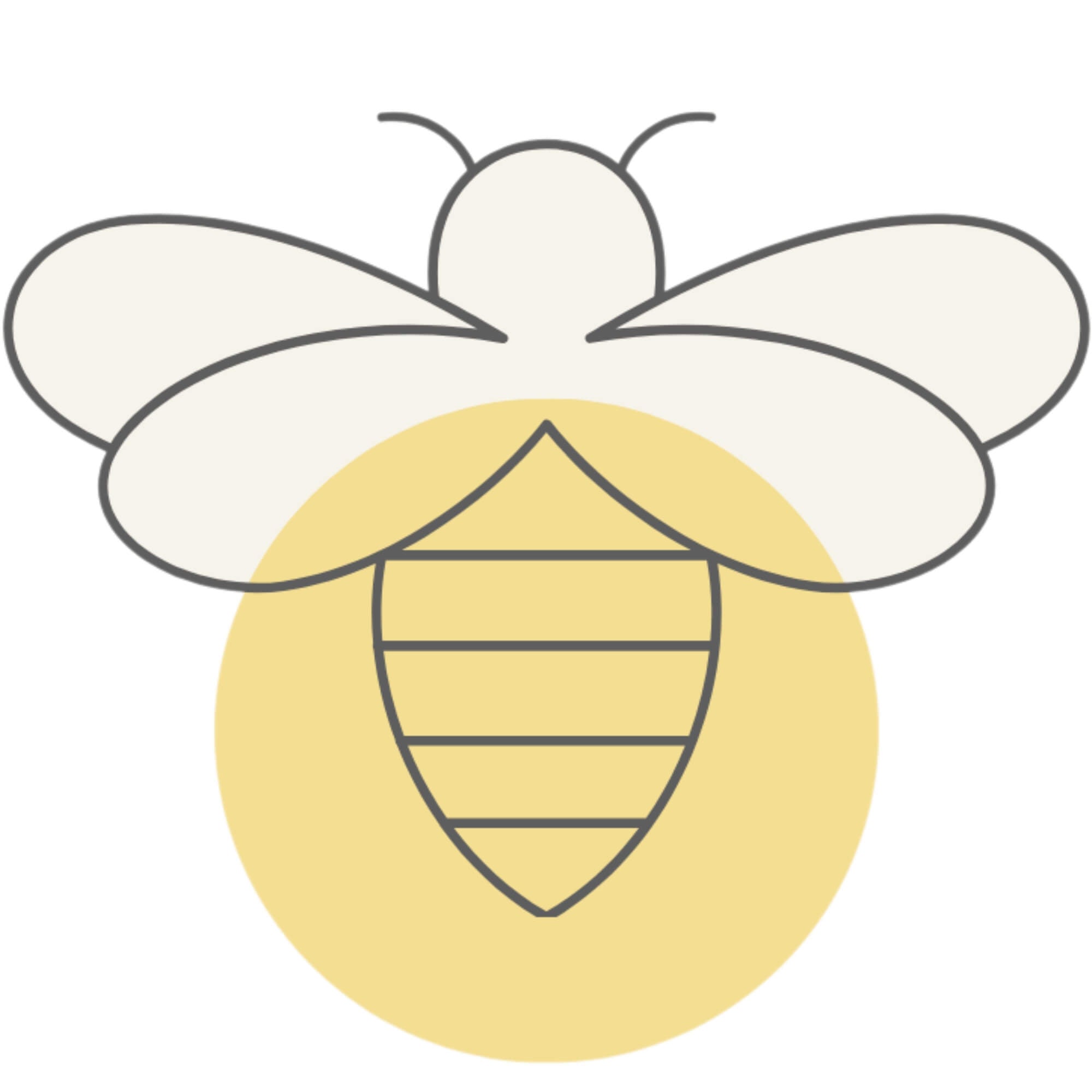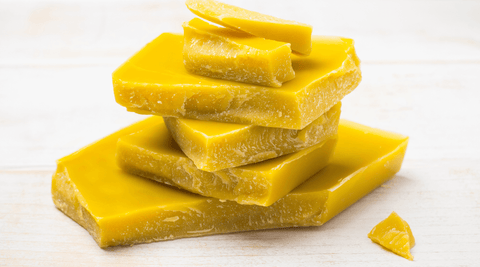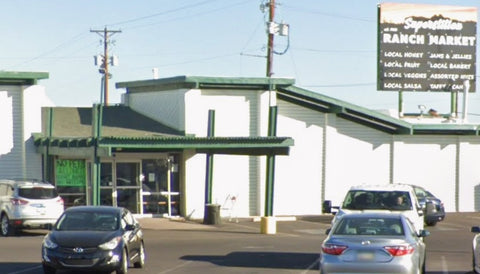Materials:
- Beehive tool
- Bee brush
- Uncapping knife or cappings scratcher
- Extractor (manual or electric)
- Uncapping tank or container
- Strainer or cheesecloth
- Wax melting pot
- Mold or container for shaping wax blocks
Procedure:
-
Prepare your tools: Ensure that all your tools and equipment are clean and ready for use.
-
Remove frames from the hive: Take out the frames that contain capped honey and beeswax. Be careful not to damage the comb.
-
Uncap the cells: Using an uncapping knife or cappings scratcher, remove the wax caps from the honeycomb cells. This exposes the honey for extraction and allows access to the beeswax.
-
Collect wax cappings: Place the removed wax cappings into an uncapping tank or container. These cappings will contain a mixture of honey and wax.
-
Extract honey: Place the uncapped frames in an extractor. Spin the frames to extract honey from the comb. The centrifugal force will force the honey out of the cells.
-
Strain the honey: Pour the extracted honey through a strainer or cheesecloth to separate it from any remaining beeswax particles.
-
Collect melted wax: Place the wax cappings in a wax melting pot. Heat the pot to melt the wax, and then strain the melted wax to remove impurities.
-
Shape the wax: Once the wax is clean, pour it into molds or containers to shape it into blocks or desired forms.
-
Store the wax: Allow the shaped wax to cool and harden. Store the beeswax blocks in a cool, dry place until you're ready to use or sell them.
Remember to handle beeswax with care, as it's a valuable byproduct of beekeeping and has various applications, such as making candles, cosmetics, and other products.









Comments (0)
There are no comments for this article. Be the first one to leave a message!